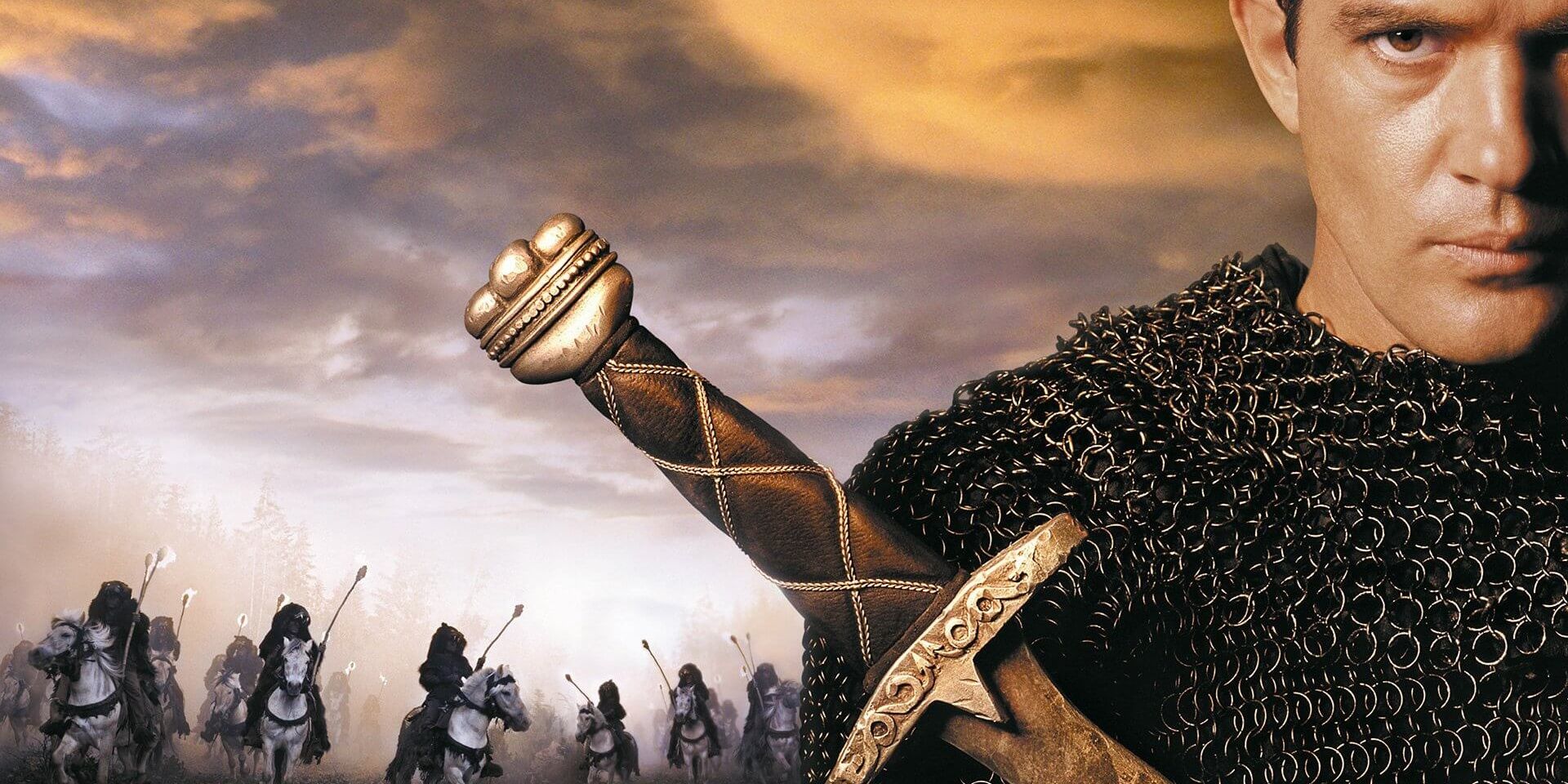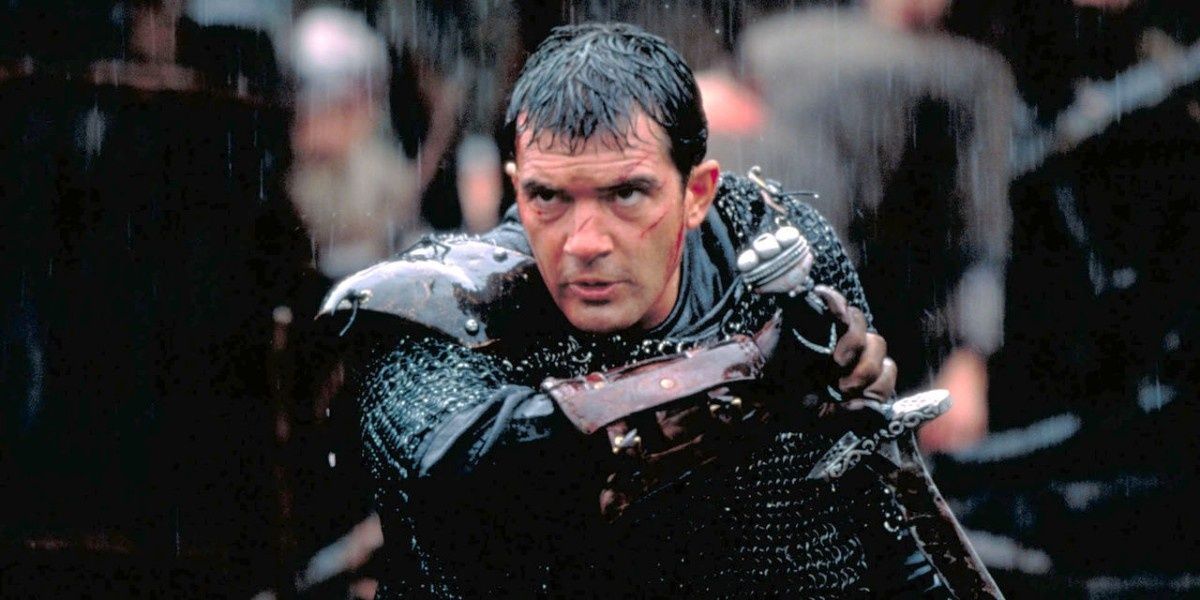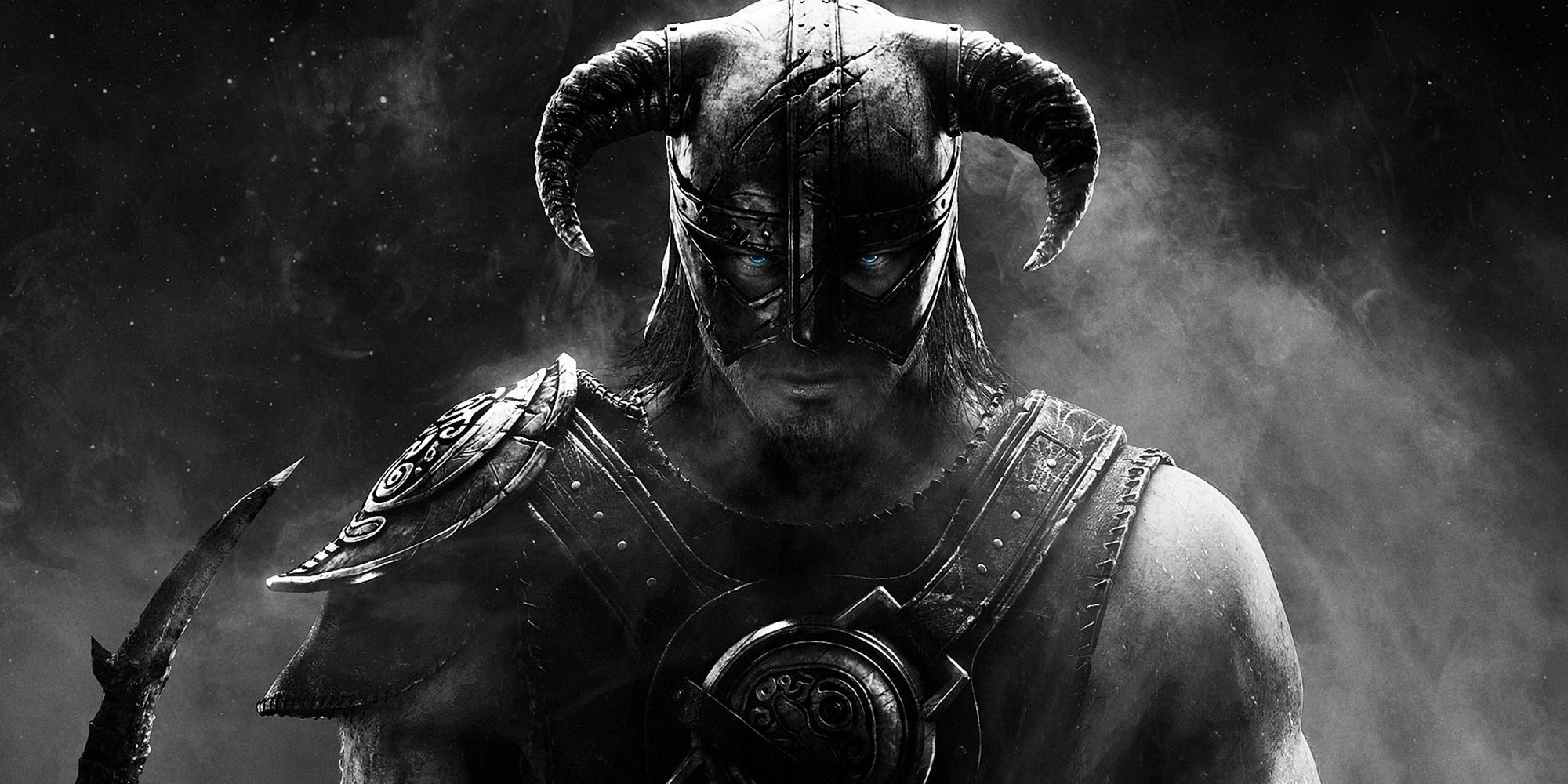When a movie loses millions of dollars, it can become the only detail of the production anyone remembers. Blockbuster features with all the celebrities and marketing money in the world are expected to bring in a profit on prestige alone. The story behind a bomb can take any shape, but some films like The 13th Warrior earn a well-deserved reevaluation after a few decades out of the cultural memory.
The line between history and fantasy can be uniquely blurry under certain circumstances. Fantasy stories tend to pull many details from ancient cultures, and some eras are primarily preserved by their fictional texts. As a result, a single film can serve as a dramatization of a historical text, an adaptation of Beowulf, and a compelling adventure.
What is The 13th Warrior About?
In the 10th century, a Muslim traveler named Ahmad ibn Fadlan chronicled the unique lifestyle of the people of Eastern Europe. He was a court poet of the Abbasid Caliphate. His writings were key to the modern cultural understanding of Viking culture. He covered years of life as part of a trade caravan and detailed the unique burial practices by which they turned ships into tombs. Fadlan's description of the Volga Vikings will ring true in the mind of any fan of Viking-inspired fiction. In 1976, noted science fiction author Michael Crichton adapted a portion of Fadlan's manuscripts into a novel called Eaters of the Dead. For reasons he has not yet illuminated, Crichton combined those accounts with the ancient epic poem Beowulf. Three years later, the nascent Orion Pictures proposed a cinematic adaptation of the novel with Crichton in the director's chair. That project fell apart, but the story got another chance with Die Hard director and convicted felon John McTiernan behind the camera. That iteration of the film was released, but it lost Disney around $130 million.
Antonio Banderas stars as Ahmad ibn Fadlan, a cultured courtier who falls in love with the wrong woman. As punishment, he is exiled to the Volga Bulgurs on a mission of goodwill. On his journey, he is accosted by a small band of raiders. Luckily, a larger band of raiders comes to his rescue. Ahmad finds himself in the care of the Norsemen, and though he finds their ways revolting, he swiftly comes to respect the kill-or-be-killed structure of their society. After a duel, a mighty warrior named Buliwyf establishes himself as the tribe's next leader. He ascends just in time to hear the cries of a young prince named Wulfgar, who warns the Vikings of great evil on the horizon. Ahmad finds himself drawn into a prophecy and forced to fight alongside his new friends for the safety of the tribe. It's a tale of nobility, brutality, and cultural understanding that manages to tell its story in charmingly broad strokes. Its negative reputation is substantial, but there are a lot of entertaining elements in The 13th Warrior.
How is The 13th Warrior Related to Skyrim?
On an aesthetic level, most of the iconography of Skyrim is borrowed from pop-cultural depictions of Vikings. Though many examples of that common cultural touchpoint lack historical realism, most of them are pulling something from Fadlan's accounts. The dominant look of Skyrim comes from the Nords, which are blatant fantasy Vikings. That pastiche is constructed from two sources, Fadlan's manuscripts and Beowulf. The name "High Hrothgar" is taken directly from Beowulf. King Hrothgar even appears in The 13th Warrior. The most notable connection between the two is the presence of Vladimir Kulich. Fans of the game will remember his performance as Ulfric Stormcloak. He appears in the film as Buliwyf, a version of Beowulf with a slightly altered name. Skyrim has a lot in common with The 13th Warrior because the two works are explicitly borrowing a ton of material from the same sources.
The 13th Warrior is, adjusted for inflation, the first or second-biggest box-office bomb of all time. Estimations of the film's full production budget vary, possibly tying the film's losses with the 2013 remake of 47 Ronin. Most of its losses are due to the ballooning budget. It was originally greenlit for $85 million, but it reached $100 million by the end of shooting, and most estimates put the total cost around $160 million. The film made only $61 million worldwide. It debuted behind The Sixth Sense, which had already been out for three weeks. Critics weren't any kinder than audiences. A few outlets offered praise, but the consensus was extremely poor. As Vikings have become more popular as cultural figures, the film has earned a new look. Many modern outlets have praised the film for capturing the Viking aesthetic years before more popular examples. Ironically, an adaptation of the two urtexts of Viking lore would later form the backbone of the modern genre. Skyrim has The 13th Warrior to thank, along with the stories that inspired both of them.



